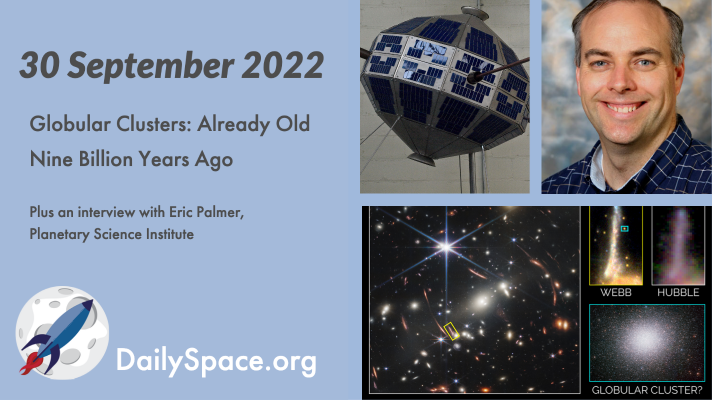
Oct 1, 2022 | Asteroids, Daily Space, DART, Exoplanets, Galaxies, Globular Cluster, Guest Interview, JWST, Space History, Spacecraft
The quest to understand the formation mechanisms of globular clusters was limited by the Hubble Space Telescope’s ability to peer back in time. Now, JWST’s larger mirror has allowed astronomers to find gravitationally lensed galaxies that have globular clusters almost nine billion years old. Plus, two new super-mercury exoplanets, This Week in Space History, and an interview with Eric Palmer about the DART mission.
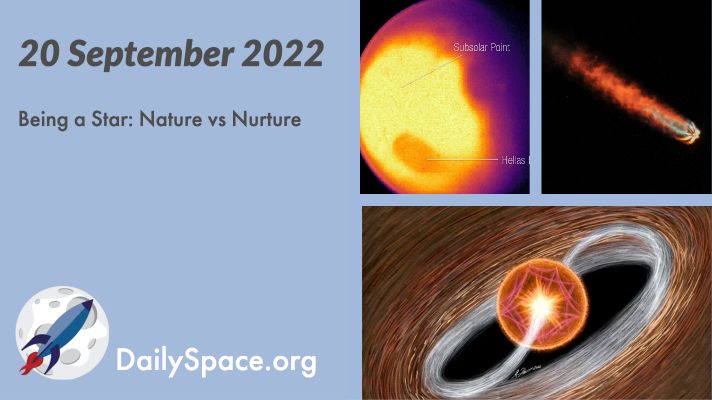
Sep 21, 2022 | Active Galaxies, Daily Space, Earth, Enceladus, ESA, Globular Cluster, Jupiter, JWST, Mars, Moon, Rockets, Saturn, Sky Watching, Spacecraft, SpaceX, Starlink, Stars, The Sun
Asteroseismologists are combining data from TESS, Kepler, and eventually, JWST to study stellar oscillations in ‘infant’ stars, with the goal of creating new models for how such young stars form and evolve over time. Plus, JWST images Mars, Hubble images stars, and SpaceX manages to launch another Starlink mission in spite of weather delays.
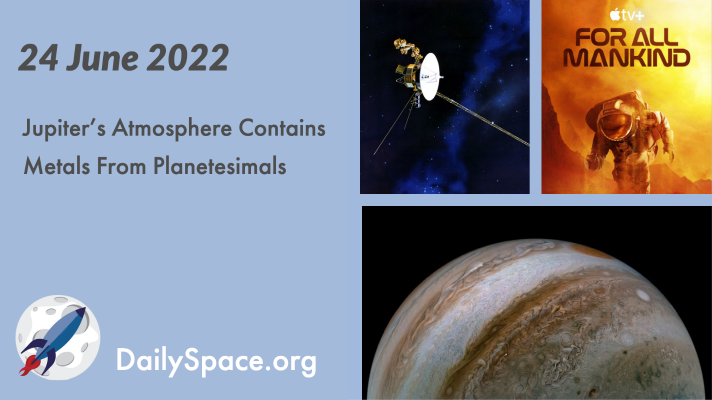
Jun 27, 2022 | Climate Change, Daily Space, Earth, ESA, Europa, Globular Cluster, Jupiter, Mercury, Spacecraft, Voyager I & II
A recent paper examined data from NASA’s Juno mission and found that Jupiter’s atmosphere not only contains metals but also is not a homogenous mix. The likely culprits are the remains of planetesimals from the early solar system. Plus, a Voyager update, a new Mercury image, sulfur residue on Europa, and a review of “For All Mankind”.
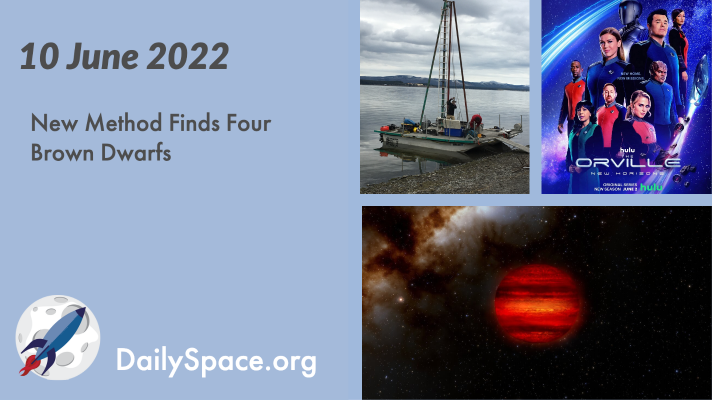
Jun 13, 2022 | Brown Dwarf, Earth, Exoplanets, Globular Cluster, Review, Volcanoes
Using data from the fabulous Gaia mission, researchers have detected four new brown dwarfs as well as several other unusual companions to 25 stars in the Milky Way. Plus, Yellowstone, Earth’s magnetic field, hot Jupiters, and a review of the first episode of The Orville: New Horizons.
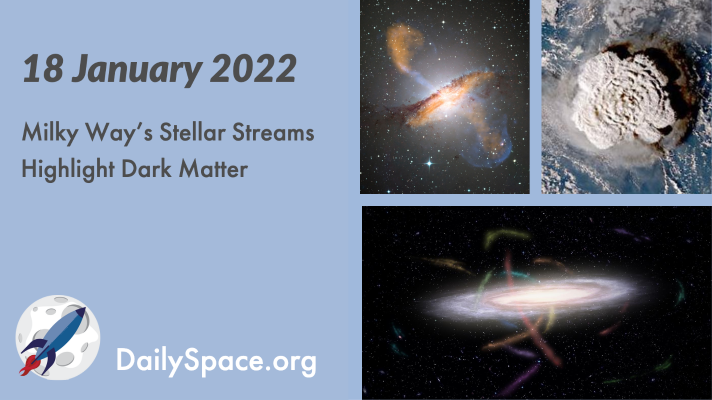
Jan 19, 2022 | Daily Space, Dark Matter, Earth, Globular Cluster, Guest Interview, Milky Way, Rockets, Space China
Recent observations of twelve different stellar streams around the Milky Way have revealed the effects of dark matter, similar to how lights on a Christmas tree reveal the shape of the tree in dark. Plus, globular clusters, volcanoes, and an interview with Dr. Cathy Olkin from the Southwest Research Institute’s Lucy mission.
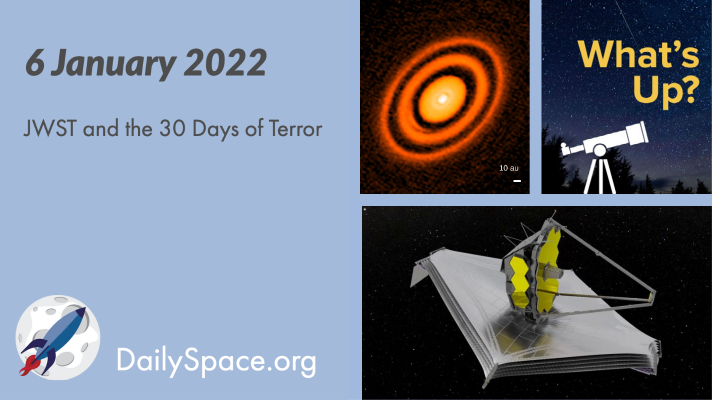
Jan 7, 2022 | Cassini, Daily Space, Earth, Globular Cluster, JWST, Our Solar System, Physics, Saturn, Sky Watching, Stars, Supernovae
With the successful launch of the JWST, the focus turns to the complicated process of unfurling the sunshield and unfolding the mirror. We’ll look at just where NASA is in the process and how much farther we have to go before first light. Plus, Earth and supernovae, and in this week’s What’s Up, we look forward to 2022’s astronomy events.








 We record most shows live, on Twitch. Follow us today to get alerts when we go live.
We record most shows live, on Twitch. Follow us today to get alerts when we go live.